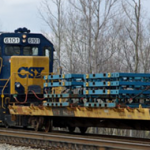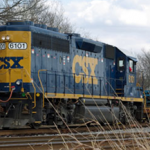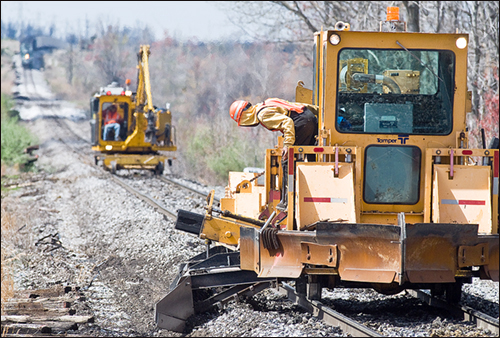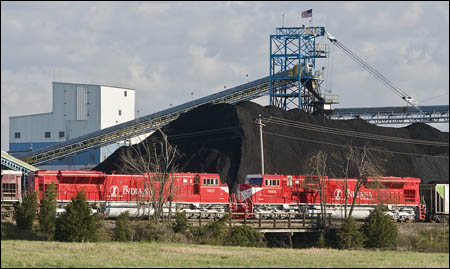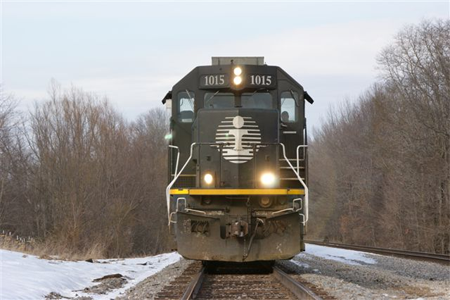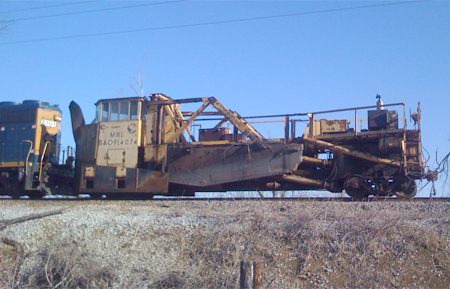I really enjoyed last month’s meeting, and the chance to meet some of you! I’m looking forward to being a part of your chapter, and learning more about your railroad interests and sharing some of mine.
I’m a professional musician and music teacher- I perform recitals, chamber music, and in numerous orchestras on the violin and viola. I’ve taught extensively at the college level, as well as privately. I’m very pleased to currently offer instruction in the Madisonville area.
I’ve been fascinated with trains as long as I can remember. Growing up in Columbus, OH, in the 1970’s & 1980’s, the “railroads of my youth” were Penn Central/Conrail, Chessie System/CSX, and Norfolk & Western/NS. No doubt geographic placement played an important role, but equally important in establishing my long-time favorites were the vintage shots I studied as a kid in books from my dad’s library, and old Trains issues. Although I’m partial to most of the classic eastern roads of yore, such as the NKP, WAB, C&O, and the B&O, the PRR had become my railroad of choice by the time I was about 10, and has never been challenged since!
Going to college and grad school in the upper Midwest (MN & IA) gave me the opportunity to see first hand some the classic western roads- two particular favorites are the AT&SF & CB&Q. The latter of course had long been BN by the time I saw it, but I have several thousand shots of classic AT&SF red-&-silver and blue-&-yellow power. Living in KY has expanded things in additional directions- my favorite railroading in our state is NS’s CNO&TP “Rathole” through the KY and TN mountains.
I started photographing trains in 1976, at age 8, with a Kodak Instamatic, and still have several thousand of these stored away. Serious work, in terms of good equipment, began in 1988 with a 35-mm camera and Kodachrome slides, which has been my medium ever since (although I switched to Fuji slide film several years ago). I particularly favor scenic action photography, and an overriding goal has been to combine modern operations with the traditional elements (signals, towers, as well as the flavor of different geographic areas) of classic American railroading. I’ve got somewhere in the neighborhood of 25,000 slides, and counting! I’ve had photos published in various railroad calendars, and have had articles and photos published in Trains, Railfan & Railroad, The Railroad Photographer, and Pacific Rail News. I currently have two exhibitions of my work on display in the Murray, KY, area. I’ve given numerous slide programs for railroad groups, and will look forward to that opportunity at our chapter.
I enjoy modeling the PRR in HO scale, replicating an eastern OH setting on the Pittsburgh-Chicago mainline at the end of what I view as the classic era, 1957-1961. That is the ideal way for me to combine physical territory that I know very well with a railroad, trains, and equipment that I wish I had seen firsthand.
Thanks for your nice “welcome”, and I’m looking forward to the next meeting!

